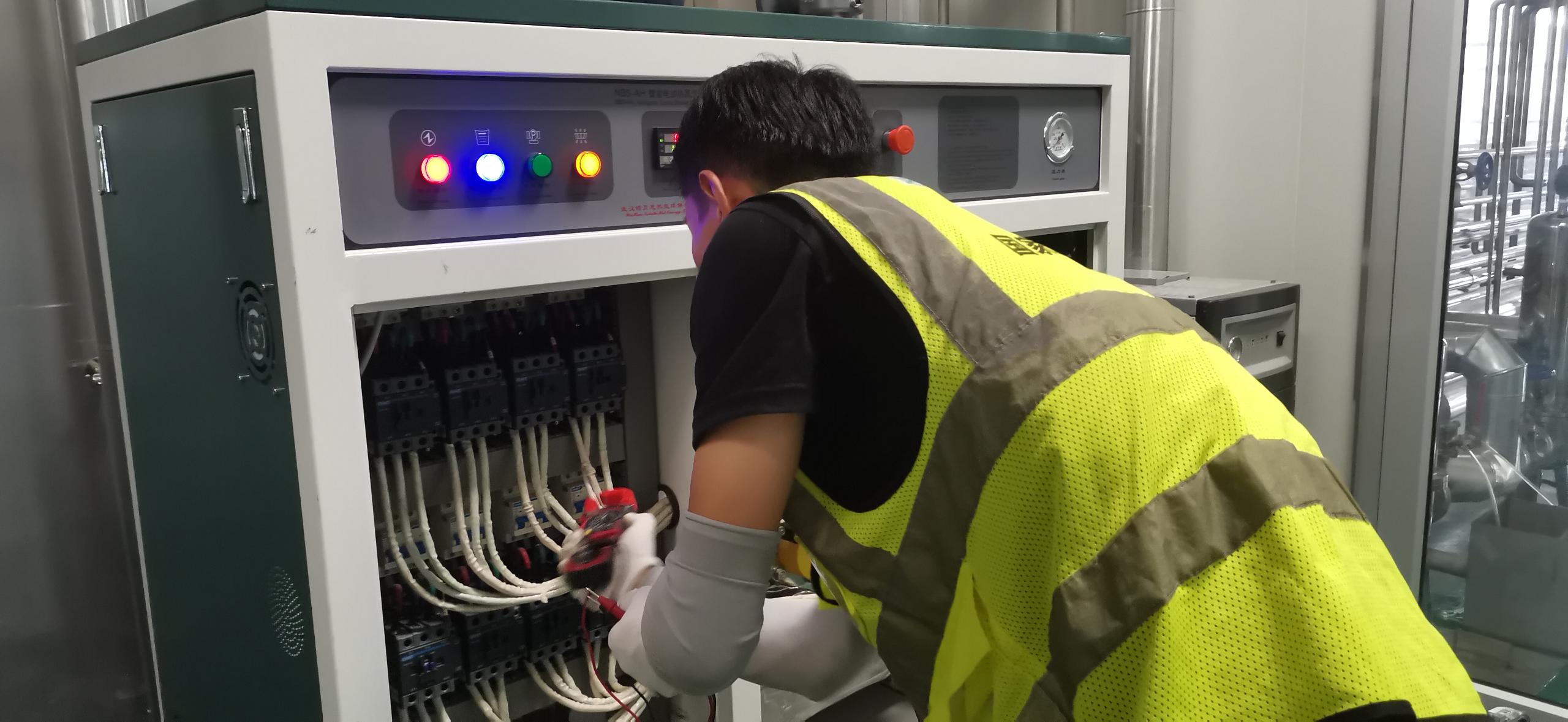Central kitchens with “money” views are all using this!
Summary: It’s time to learn about the “golden rules” of dining
Safety is the most important thing when it comes to eating, drinking and life matters
Food culture runs through all countries in the world. Food is the first priority for the people, and food safety is the first priority. The issue of food safety must be raised. Among the five first-level indicators of the “2022 China Modern Diet Development Index”, the food safety indicator is the only one with a score lower than the passing line of 60 points.
The survey shows that with regard to my country’s current food safety situation, 51.6% of the respondents evaluated it as “average”, 30.1% of the respondents were “not very satisfied”, and 2.5% of the respondents were “very dissatisfied”, giving positive evaluations. Only 15.8% of the respondents were “relatively satisfied” and 0.2% were “very satisfied”.
There are many kinds of food. The survey also shows that vegetables are the most uneasy among Chinese people, with 71.4% of the votes ranking first, followed by cooked meat products, then quick-frozen food, followed by bread and pastries, pickles, and barrels. It can be used to pack drinking water, edible vegetable oil, aquatic products, puffed and fried foods, and fruits.
Central kitchen under the inner volume
All kinds of food are cooked in the kitchen before being served to the table. Whether it is fresh vegetables, breads and pastries, prepared dishes, community group meals, cold fruit drinks, or even the popular prepared dishes, behind them, they are all inseparable from the support of the “behind-the-scenes hero” of the central kitchen.
At present, 74% of my country’s large-scale chain catering companies have built their own central kitchens. The scale of central kitchens is growing day by day, gradually forming a rapidly growing market worth hundreds of billions. State-owned enterprises, large food companies, and manufacturing companies all use central kitchens as the entry point to enter group meals. For example, New Hope, Sinopec, Chery, Country Garden, etc. have built their own central kitchens to serve employee canteens and employee schools, and are preparing to export services to the society.
Xiabu restaurant is extremely popular and has huge customer flow. How to deal with the dishes? How come there are only 6 people in the kitchen, but they can provide meals for tens of thousands of people every day? The secret behind this is that Xiabu has its own independent central kitchen; Wangxiangyuan established its own central kitchen in 2008, which can centrally complete the processing of finished or semi-finished food and deliver it directly to stores. Debao Catering, Huifa Food, and Si Nian Food, etc., are expanding their central kitchen business through third-party cooperation and competing for land.
The “golden rule” for breaking the game: steam generator
Amid fierce competition, central kitchens are also committed to exploring the secrets of kitchen construction. Nutrition, health and delicious food are important requirements of the people for catering, and they are also important goals that the central kitchen strives to pursue. With complete energy-saving heating technology and commercial kitchen equipment, the steam generator can replace traditional boilers and provide high-temperature steam for industrial heat sources, central hot water, central heating, cooking industry, jacketed pots, dryers, ironing machines, and disinfection lamps.
Steam generators are favored by central kitchen companies precisely because of the following characteristics: rapid steam output in 5 seconds, precise steam supply by independent modules, variable frequency constant thermal efficiency (thermal efficiency ≥95%), high steam enthalpy, pure saturated steam (steam Moisture content ≤3%), non-pressure vessel (design water volume <30L), no risk of explosion, no annual installation review required, fully automatic intelligent frequency conversion control, no need for professional furnace workers.
The steam generator mainly provides steam heat energy for containers such as jacketed pots, cooking pots, and mixing pots. The steam is transported through pipelines, which requires constant temperature and pressure of the steam. Even the quality of the steam determines the quality of the food before leaving the factory. Steam generators in food processing plants are mainly used for distillation, extraction, sterilization, drying, aging and other processes in food processing. They use high-temperature steam to cook, dry and sterilize food at high temperatures, helping central kitchens to become more technological and Digital and intelligent transformation.
The steam generator perfectly integrates traditional delicious food with steam technology to produce products with pure taste and high nutritional value. The steam generator generates sufficient steam to achieve one-click heating, which is clean and efficient, prevents the loss of food nutrients, improves production efficiency, shortens production time, reduces production costs, and helps central kitchens reduce costs and save energy. It is especially suitable for large-scale production or Processing to achieve large-scale, standardized and automated production of catering and cooking.
Nutrition, health and delicious food are important requirements of the people for catering, and they are also important goals that the central kitchen strives to pursue. Central kitchens always put safety, nutrition, and health first. For example, Qianji Food and others are using steam generators. The market opportunities for central kitchens are unlimited, but Shuguang only belongs to long-termists who keep a low profile and practice internal strength.

